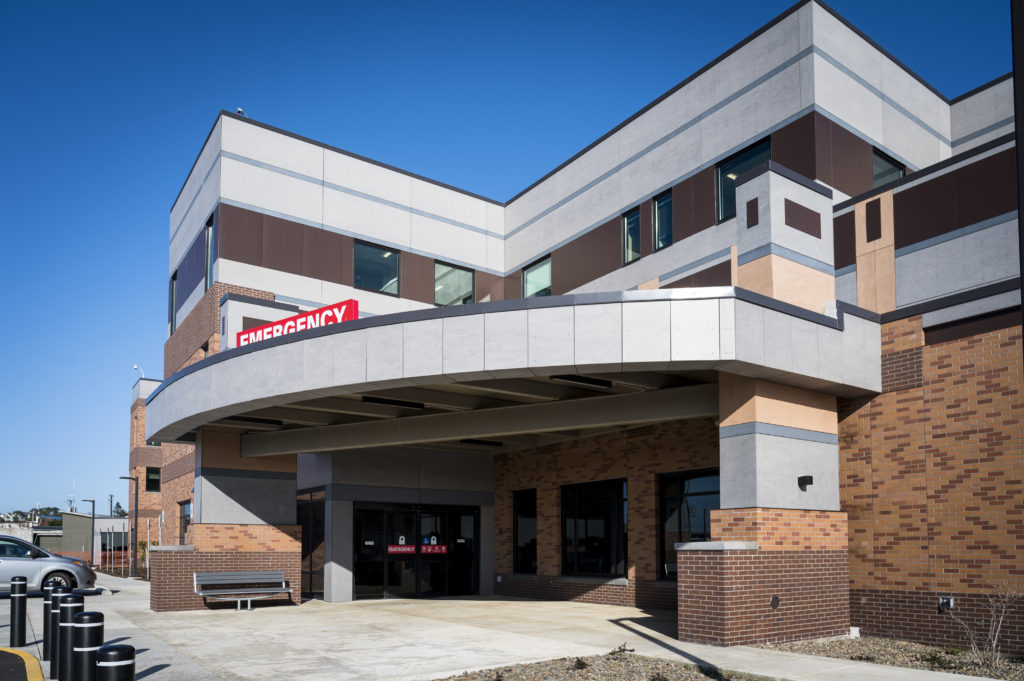
By DANA TIMS/YachatsNews
Oregon’s coastal counties, including Lincoln County, are more reliant than ever on retirement income and other public benefits to pay for public services and other programs.
That’s one of the highlights of a new economic development survey, which lays out some of the challenges that will face area counties and cities for years to come.

“To some extent, this report states what we already know,” said Paul Schuytema, executive director of the Economic Development Alliance of Lincoln County. “But it makes really apparent what a huge portion of our population this is, and it’s going to require our careful, intentional actions as we all move ahead.”
The study, commissioned by the Oregon Coast Visitors Association and conducted by Shannon Davis of The Research Group, a Corvallis-based company, investigates what it calls the “drivers” of coastal economies and the economic benefits they receive and rely on. Categories of study include both the entire coast and its seven ocean-facing counties.
The report’s executive summary states that it is “designed as a resource to help coastal communities with useful information that informs planning and recommendations to planners and policymakers.”
Future policy decisions, for instance, will need to take into account evidence that an aging, more affluent coastal population means that income from Social Security, medical benefits and public assistance will, at some point in the future, will likely match the amount of overall income derived from earnings from wages.
From 2003 to 2021, for instance, the proportion of earnings from traditional employment in Lincoln County dipped substantially, providing 8 percent less relative to total personal income. Over that same span, meanwhile, so-called “transfer income” jumped from just over 23 percent of the county population’s income in 2003 to 36 percent in 2021.
The shift is even more pronounced in coastal Lane County, where “30 percent fewer economic resources come from traditional work and 31 percent more income is derived from transfers,” according to the 30-page report.
Statewide, by contrast, transfer payments accounted for 24 percent of total income in 2021, with earnings from wages accounting for 58 percent.
What this imbalance signals for coastal counties, the report added, is a “greater presence of retirees and potentially families receiving medical and public assistance benefits.”

Real world implications
Information included in the document could help policymakers in a number of areas, said Hans Radtke, a self-described “semi-retired” Yachats economist who served in an advisory role in putting the report together.
For instance, although coastal counties already have some medical and hospital facilities, might more be needed to accommodate the ongoing in-migration of affluent seniors helping swell the overall population?
“We all know people who have moved away from Lincoln County to be closer to health care,” Schuytema said. “There are a whole lot of things like that you can tease out of this report.”
And, given the ever-growing strength of the coast’s tourism economy, how can employers be assisted in their increasing struggles to attract and competitively compensate the mostly younger workers they count on to remain in business?
“We know the Oregon coast is going to continue to grow, especially in areas tied directly to the state’s metro areas,” Radtke said. “But we also know that not many people want to move into rural areas without services. Since we know they want those services, how do we make decisions that allow us to fit in?”

Emerging trends
The report, drawn from Census data and other sources, also highlights a number of trends that policymakers and others will find interesting.
Over the past two decades, for example, the relative importance of natural resource-based industries – commercial fishing, agriculture and timber – has decreased as a source of personal income. However, a growing reliance on payments and travel tourism has served to help buffer coastal economies from the dramatic downturns represented by the “Great Recession” (years 2008-2009) and the “pandemic years” (2020-2022).
While both of those traumatic events did, indeed, interrupt the trend of economic growth, aggregate overall growth trends have returned to recent years “increasing trajectories.”

The housing sector has also seen big changes, according to the report, most notably a shortage of available housing, driven in part by affluent older residents buying second homes.
“These second homes increase the property tax base, but also increase public service costs for residents,” according to the report. “The strong demand for second homes is pricing many coastal residents out of the housing market.”
One key area that remains to be studied is what Radtke calls “the wealth effect.” Addressing that question involves figuring out how much retirees actually spend on goods and services that benefit the larger coastal economy.
“I would definitely encourage more research in that area,” he said. “Until we have more and better information along those lines, we really won’t know for sure what effect retiree spending has on the local economy.”
- Dana Tims is an Oregon freelance writer who contributes regularly to YachatsNews.com. He can be reached at DanaTims24@gmail.com
To read the full report, go here



I’ve now read two stories on this study and both focus on the transfer income brought in by senior citizens on Social Security. But if you look at the pie chart, the impact of us older folks on the coast is even greater than the stories have stated because of the large proportion of income from investments.
Many of the people with Investment income also are senior citizens who are bringing in retirement income. For example, in my case, not quite half my income is Social Security and the rest is from individual retirement accounts and one actual pension.
Hmmm… I’m missing something here. The opening sentence of the article reads, “Oregon’s coastal counties, including Lincoln County, are more reliant than ever on retirement income and other public benefits to pay for public services and other programs. Okay, “…. are more reliant than ever…”
The closing sentence of the articlle reads, “I would definitely encourage more research in that area,” he said. “Until we have more and better information along those lines, we really won’t know for sure what effect retiree spending has on the local economy.” Okay, ” we really won’t know for sure what effect retiree spending has on the local economy.”
So, are more reliant or really don’t know, Which one is it?